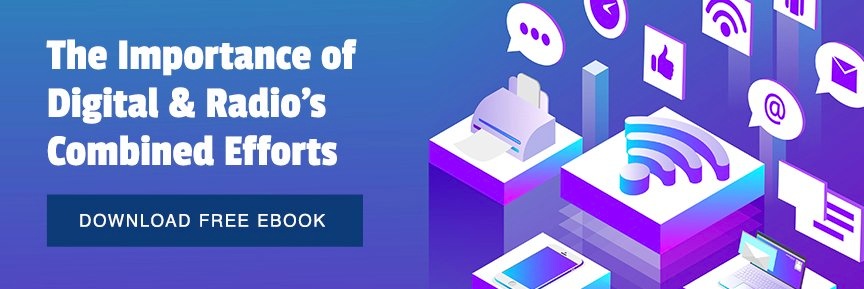When a user sees or hears an advertisement, it is called an impression. In digital, impressions occur anytime someone opens an app or loads a web page. Representing the opportunity to influence a potential customer, or make an impression on them, these ad views are a primary metric across all marketing.
This standard measurement is not action-based. Even if a user doesn’t engage with the ad, it still counts as an impression. Put another way, impressions have varying impacts. Where one consumer will pass by your ad, others will engage with them and ultimately purchase from you.
However, impression’s definition alters slightly based on whether it is a targeted ad impression or in SEM.
Targeted Digital Ad Impressions
Targeted ads match to a particular demographic. Data such as age group, gender, location, and interests identify the consumers most likely to engage with a brand or product. Behaviors, like search queries or websites visited, are indicators of an individual's interests to guide which ads they will be served.
If a consumer searches for vacuum cleaners, ads for name brands like Shark or Hoover will appear on the web pages they visit on their computer, tablet, smartphone, or other devices. Targeted digital ads determine who ads will show up for, and advertisers can set how many times they will show up on each page or for each keyword. That allows advertisers to control their budget by setting amounts around cost to them.
SEM Impressions
Search Engine Marketing (SEM) is paid advertising that helps a business show up on a search engine results page. SEM impressions indicate how many consumers search for a product based on the budget and geography used for the campaign.
Successful SEM campaigns deliver ads to an audience actively searching for a specific product or service. SEM impressions depend on the number of people in the market for certain goods during a given period.
Impressions and Radio Advertising
Both types of impressions signify how many people may have seen each ad. Targeted digital impressions give an indication of brand awareness, and SEM impressions show the number of people who follow through to a website and convert to customers. These strategies work very well with your other forms of advertising, as well. Either they help your traditional ads stand out more, or maybe your traditional ads lend them credibility.
Consumers may see your ad online, then when they hear your ad on the radio, they will be more likely to remember it. Then the next time they see your online ad, they will be more likely to click on it or consider it when it appears the next time, they need a service you provide. Additionally, traditional advertising, such as radio, can increase search volume. If your business doesn’t appear when someone searches after they hear a radio ad, the potential customer may go elsewhere for their needs.
Still curious? Find out more about digital impressions in this blog from our sister site.

